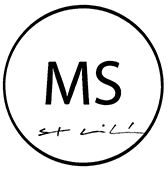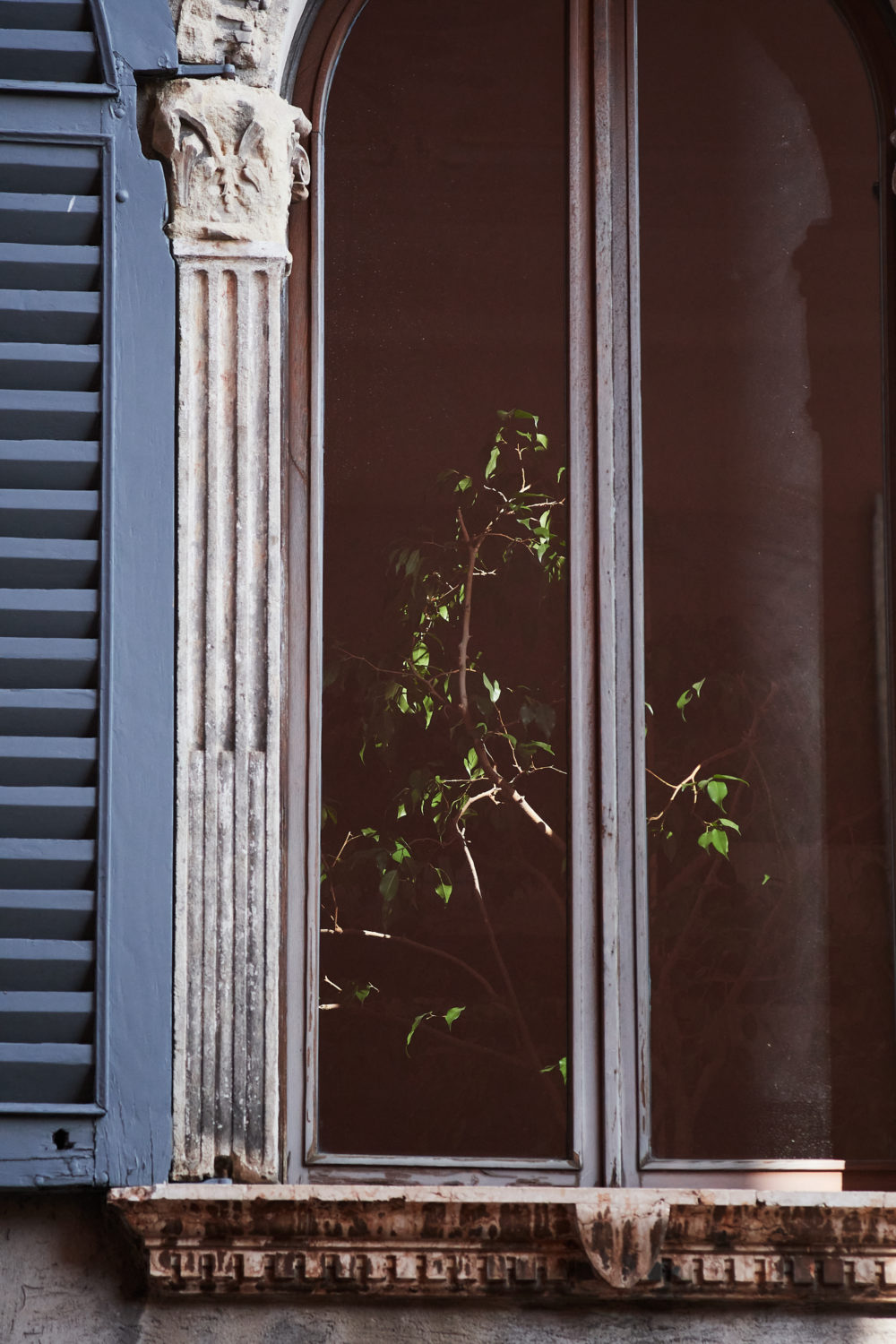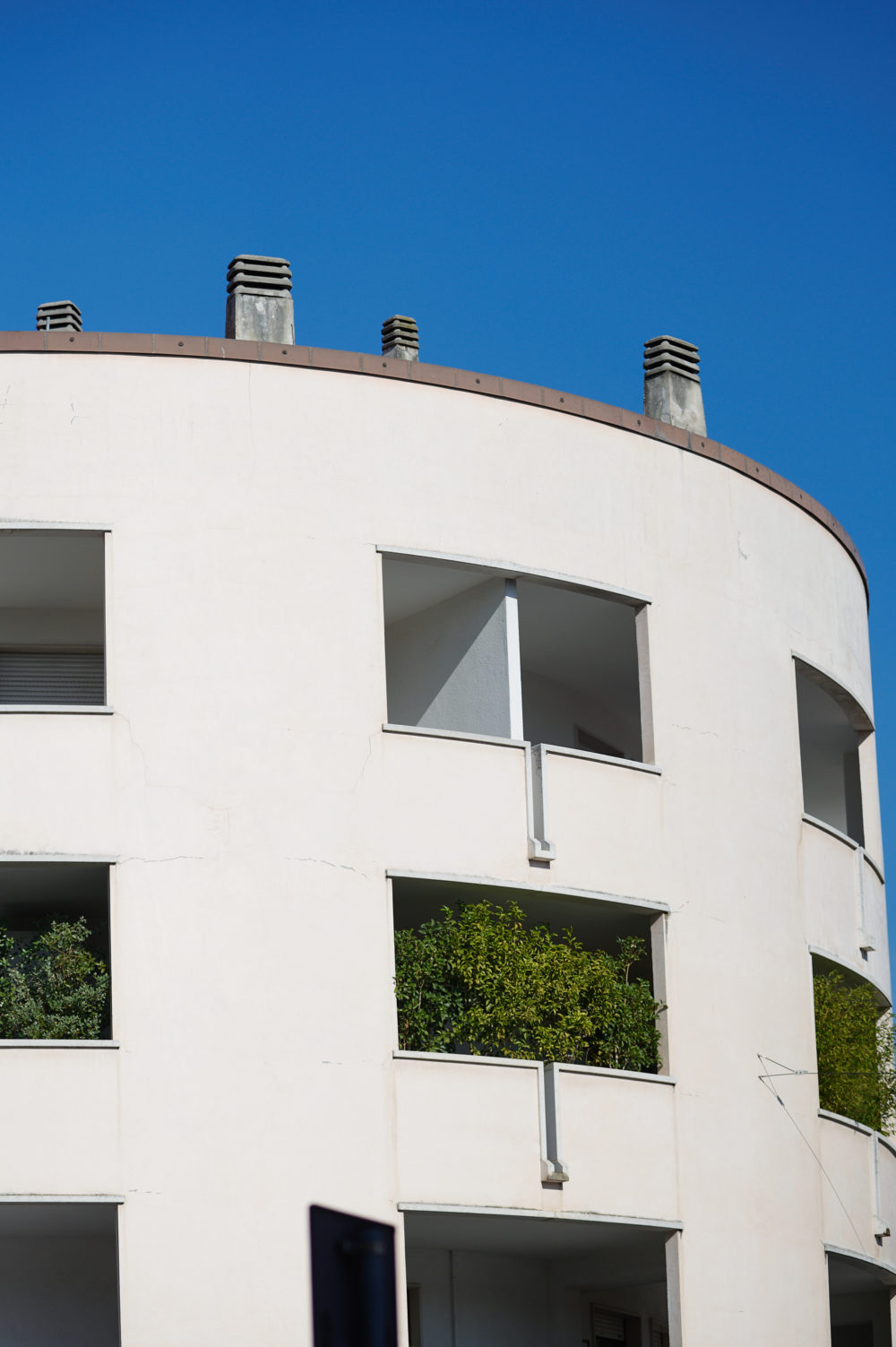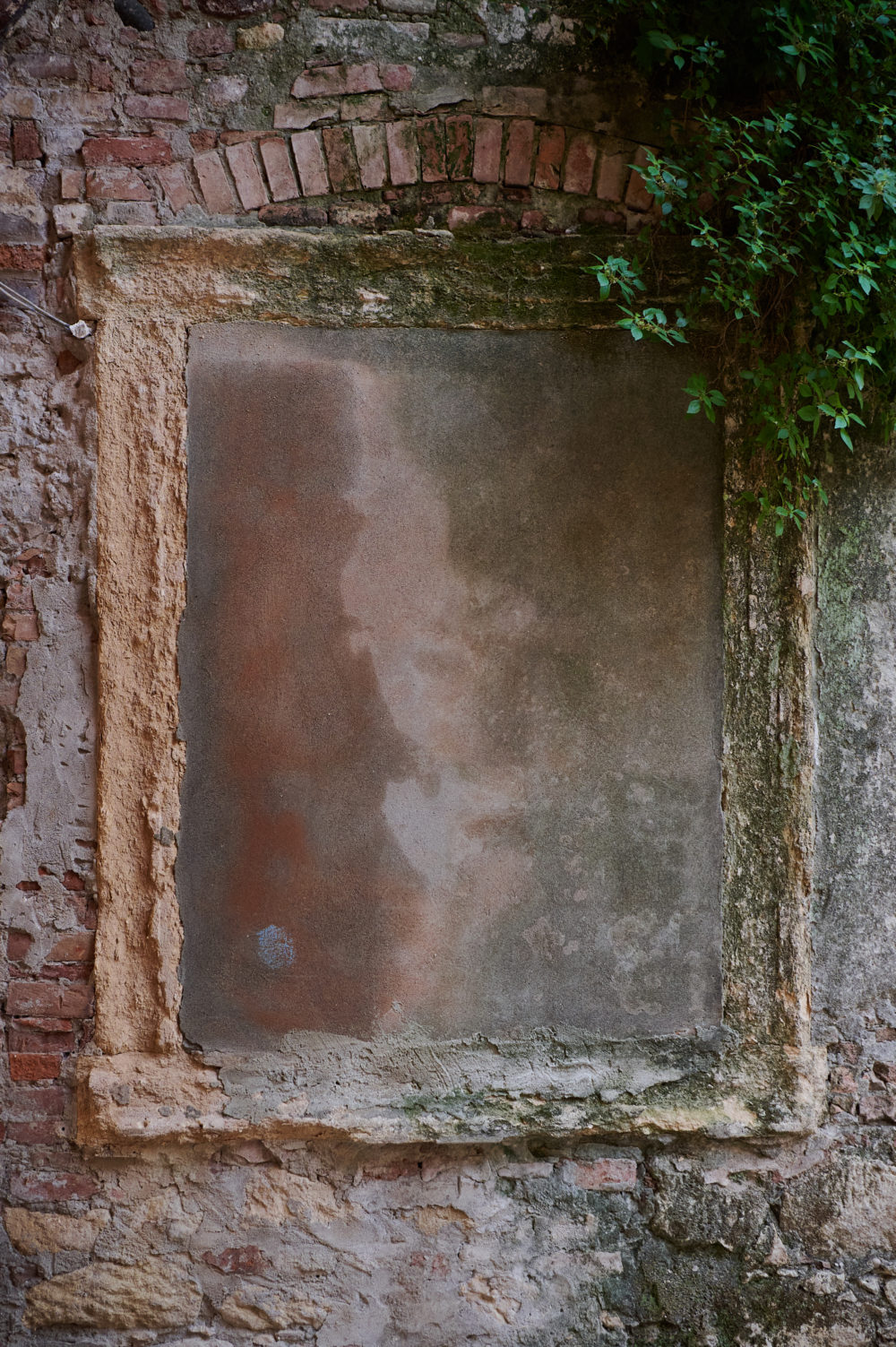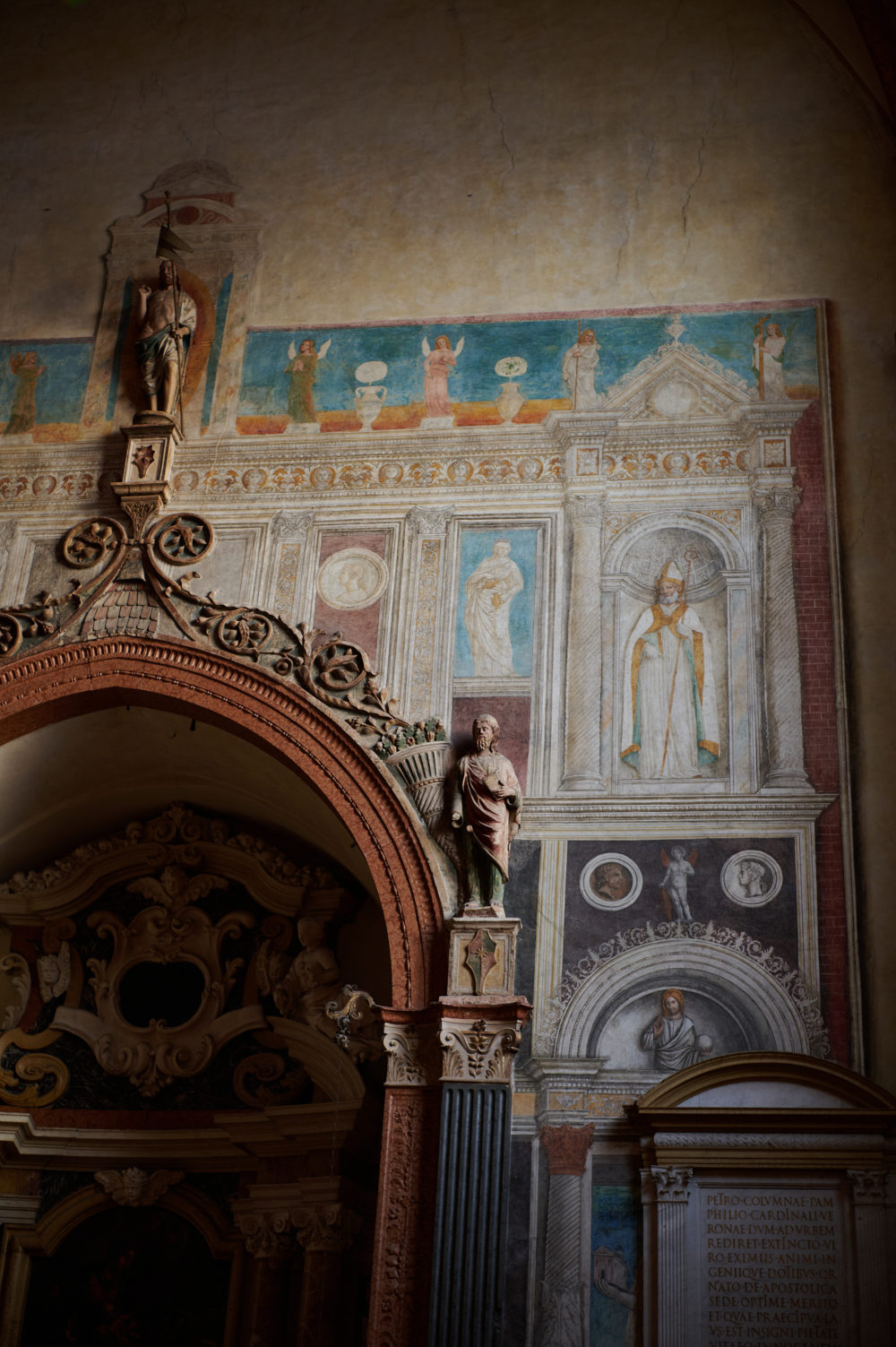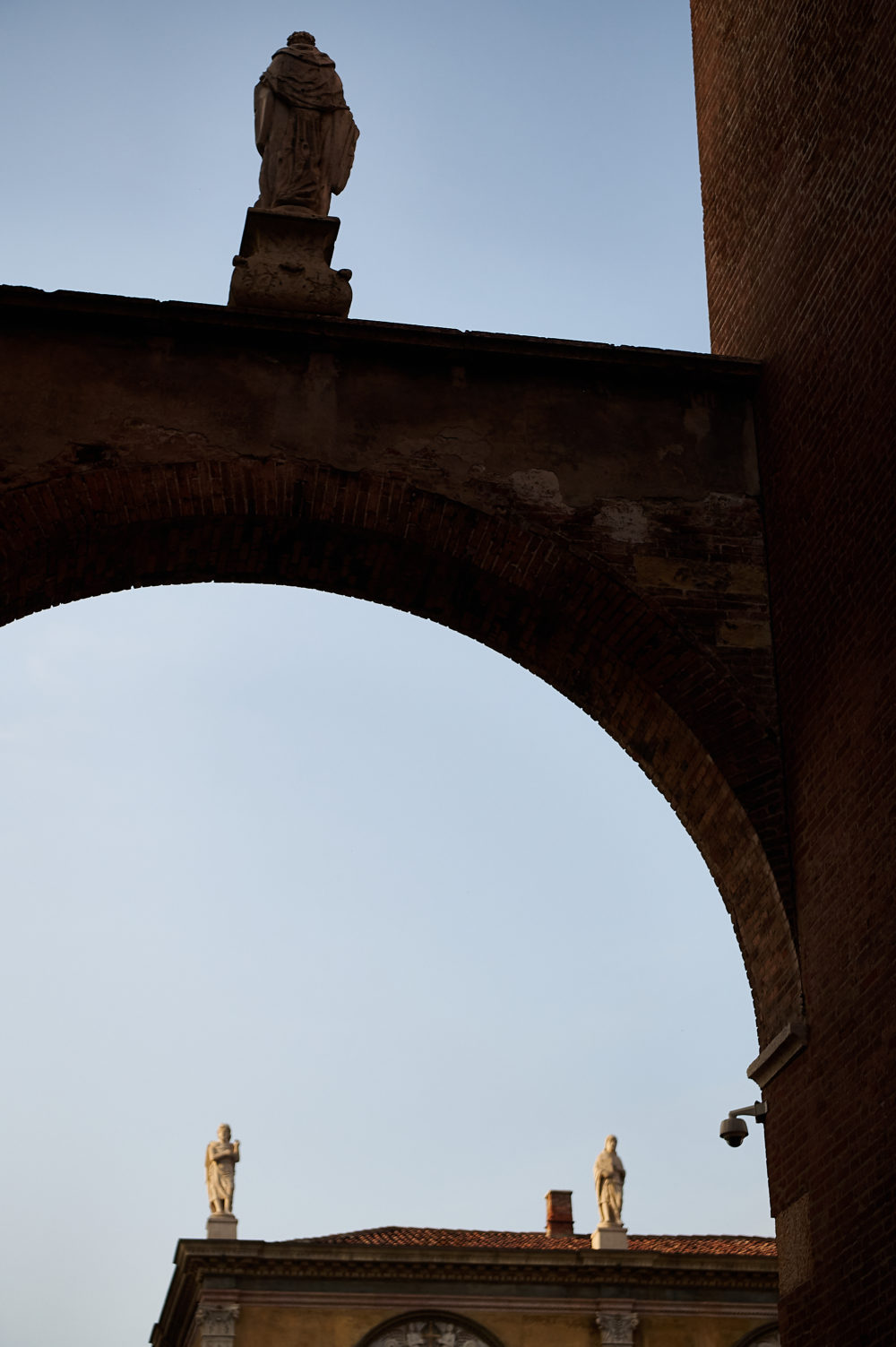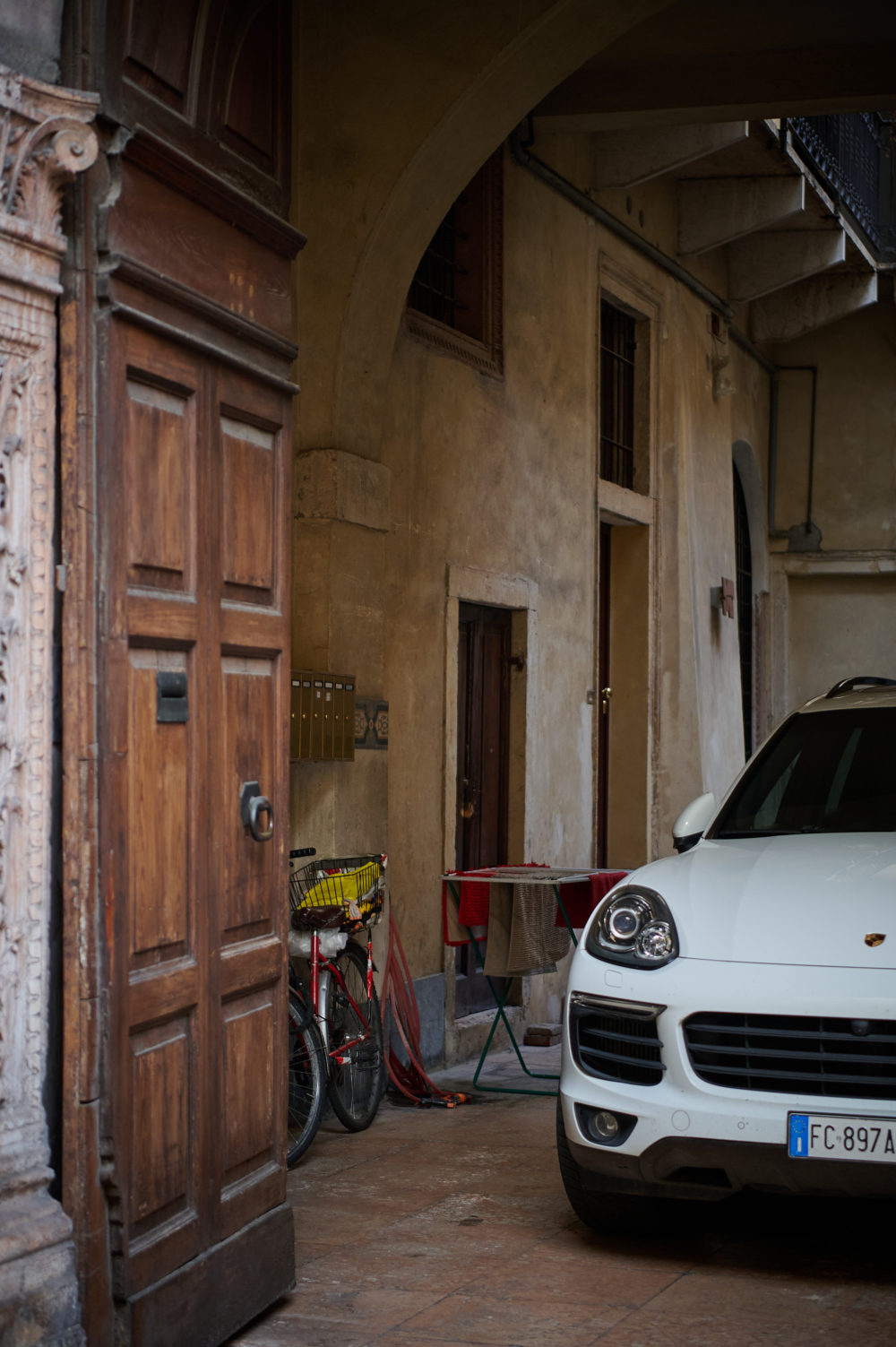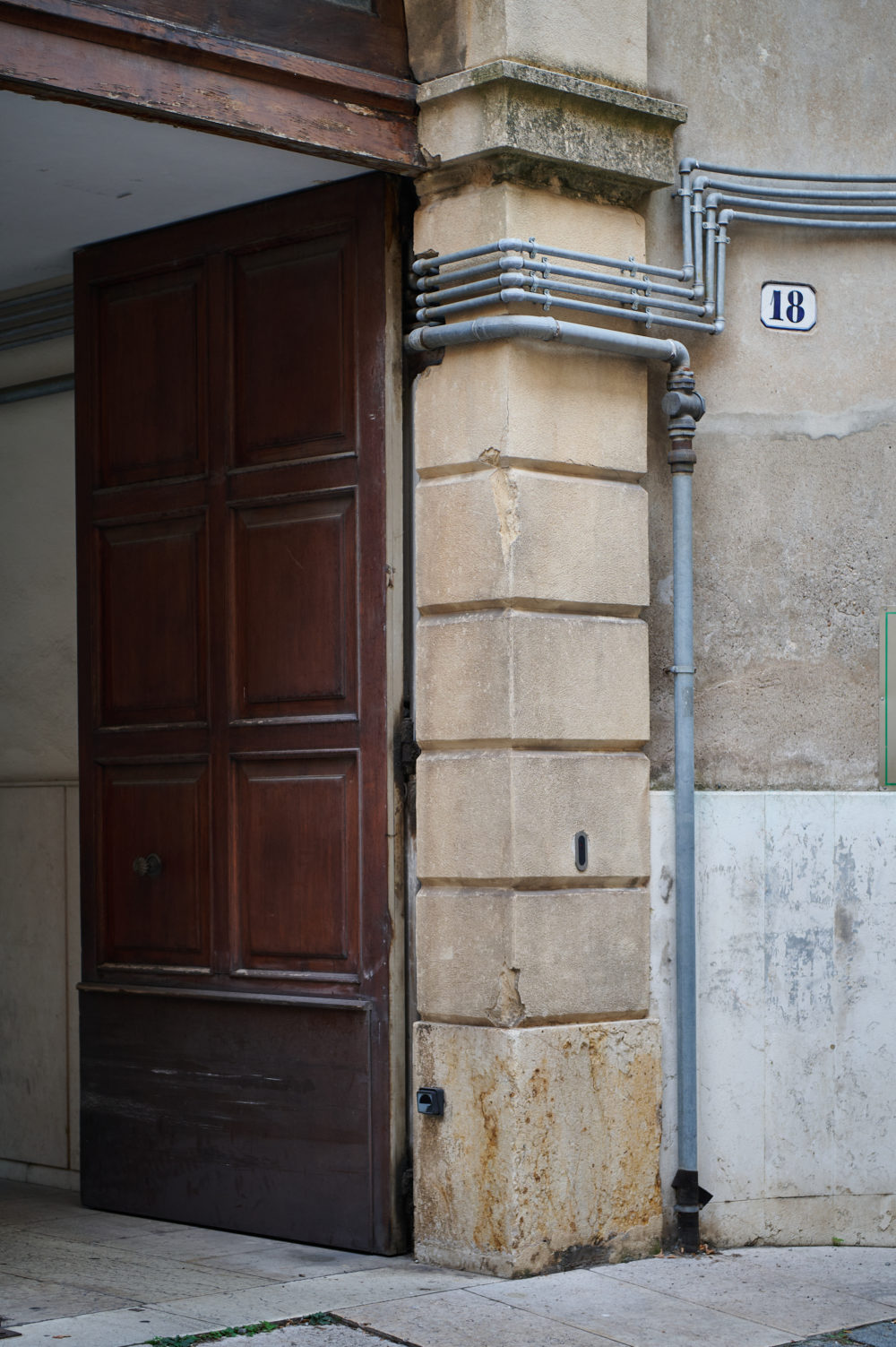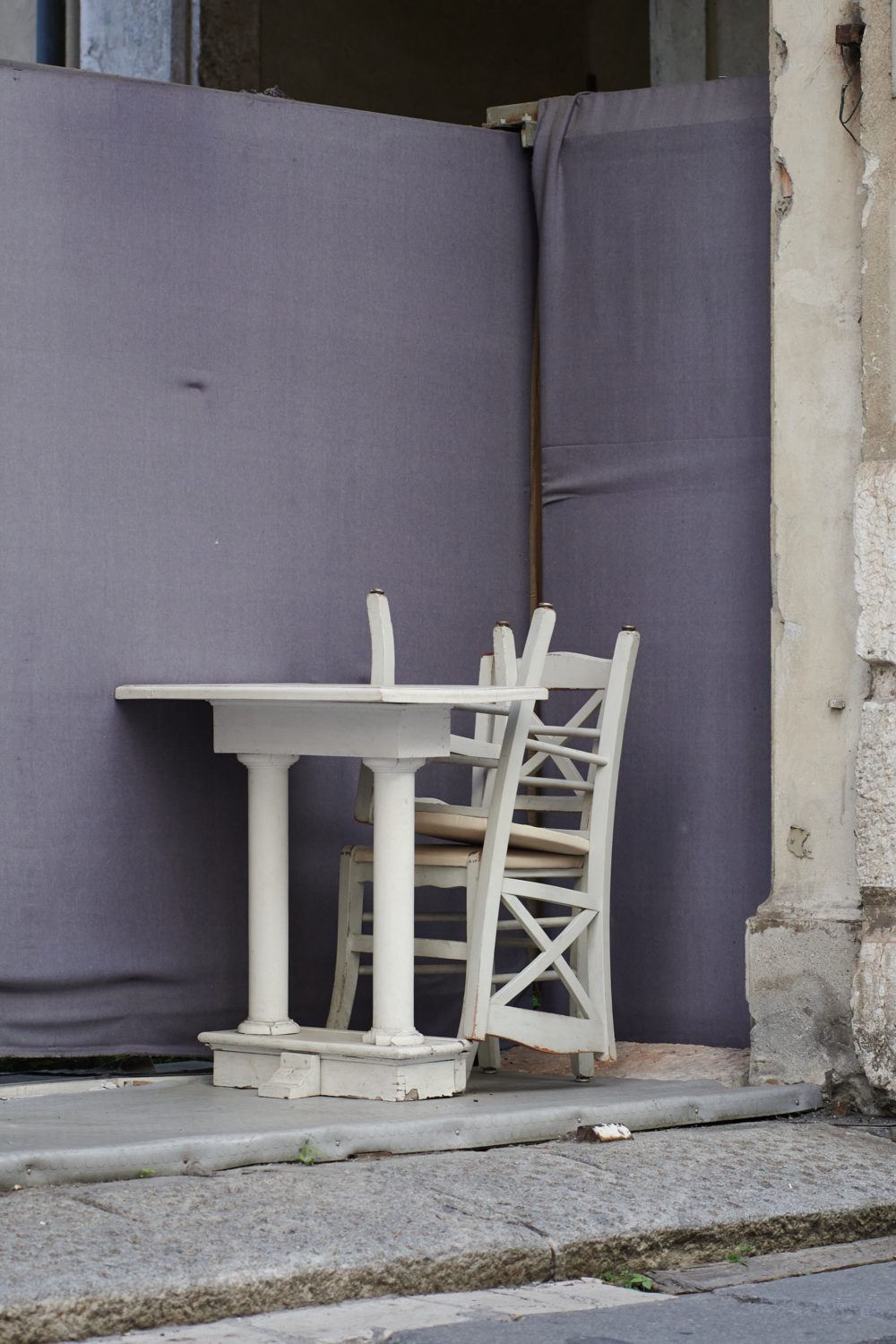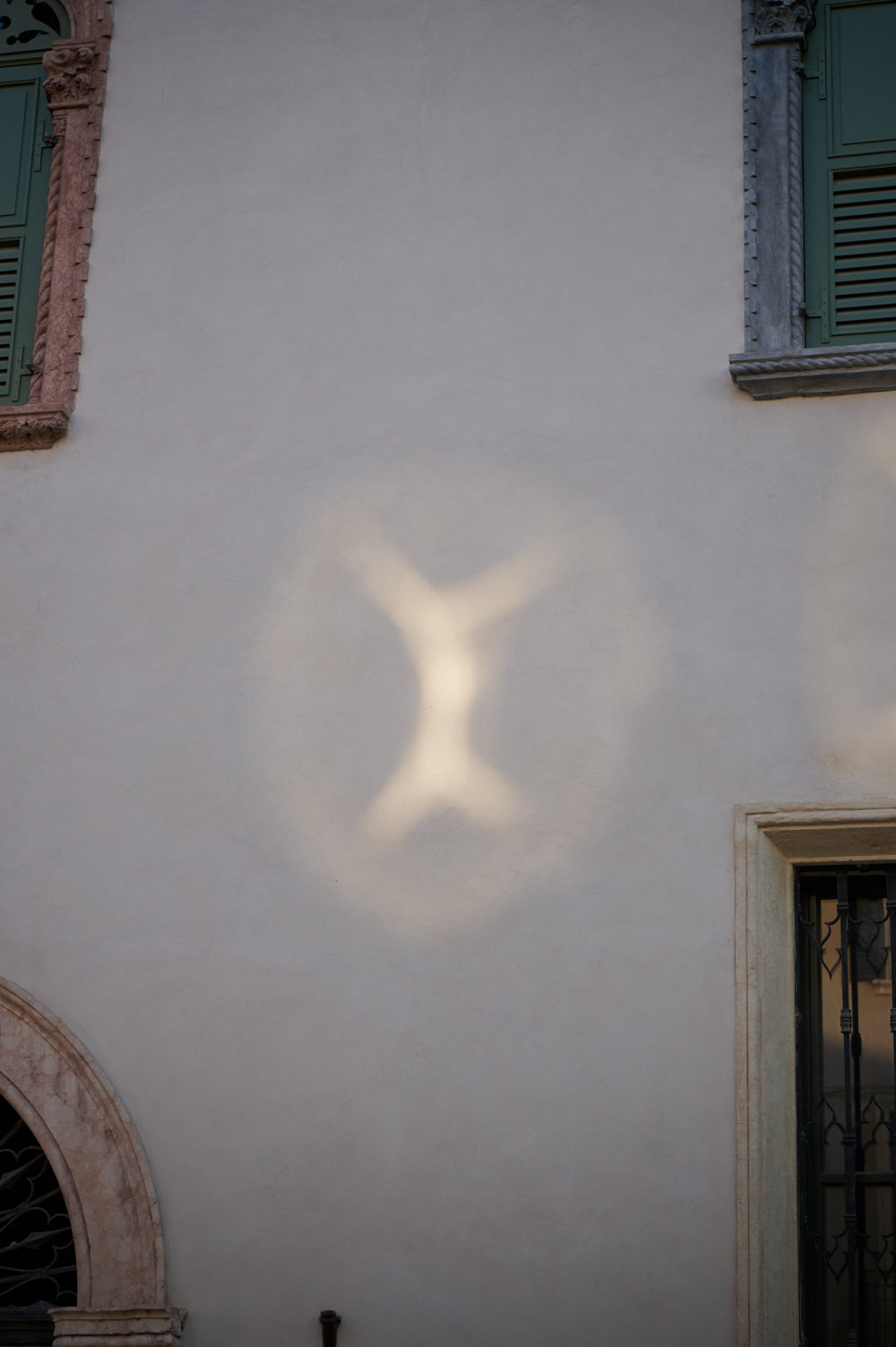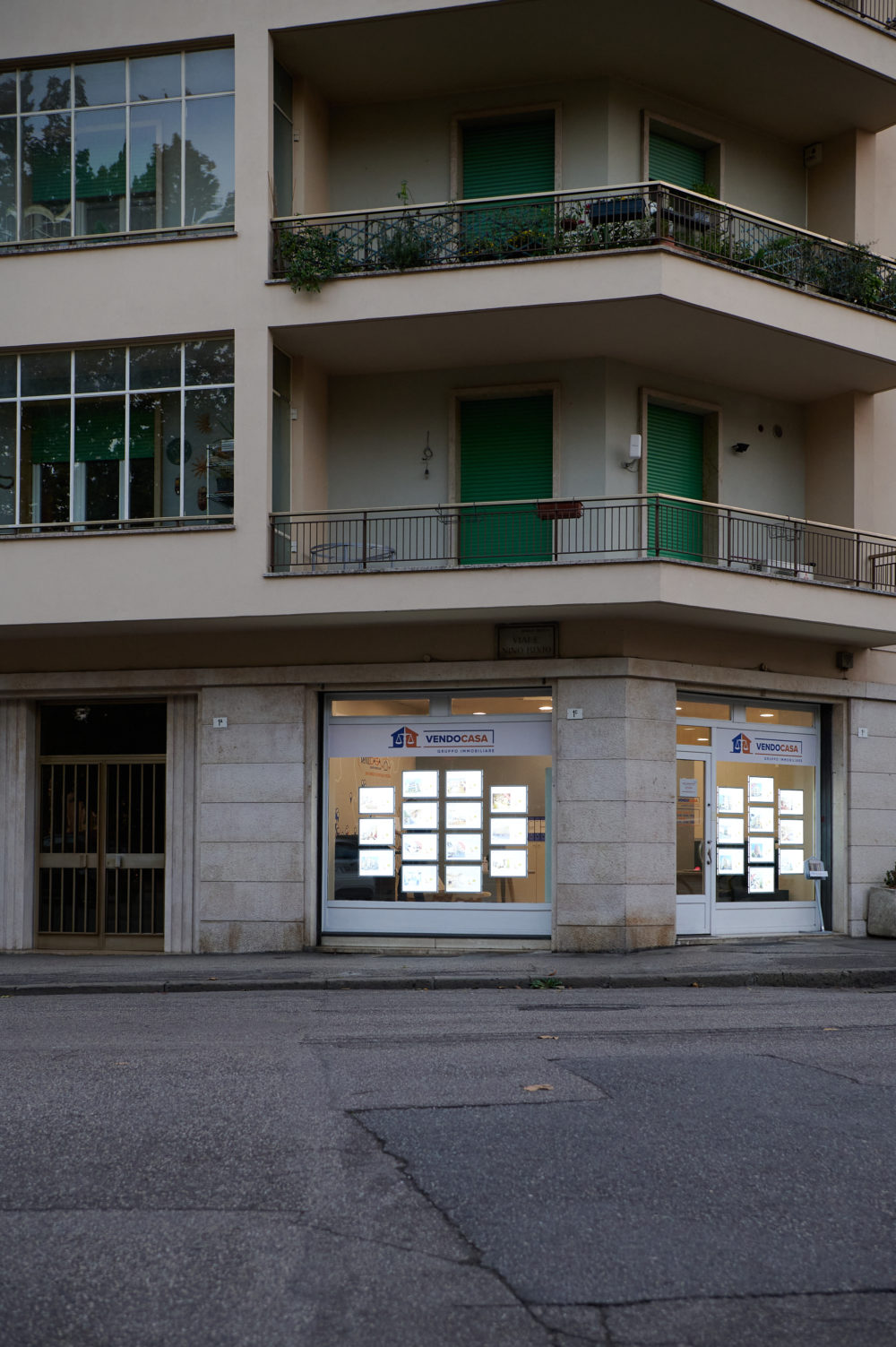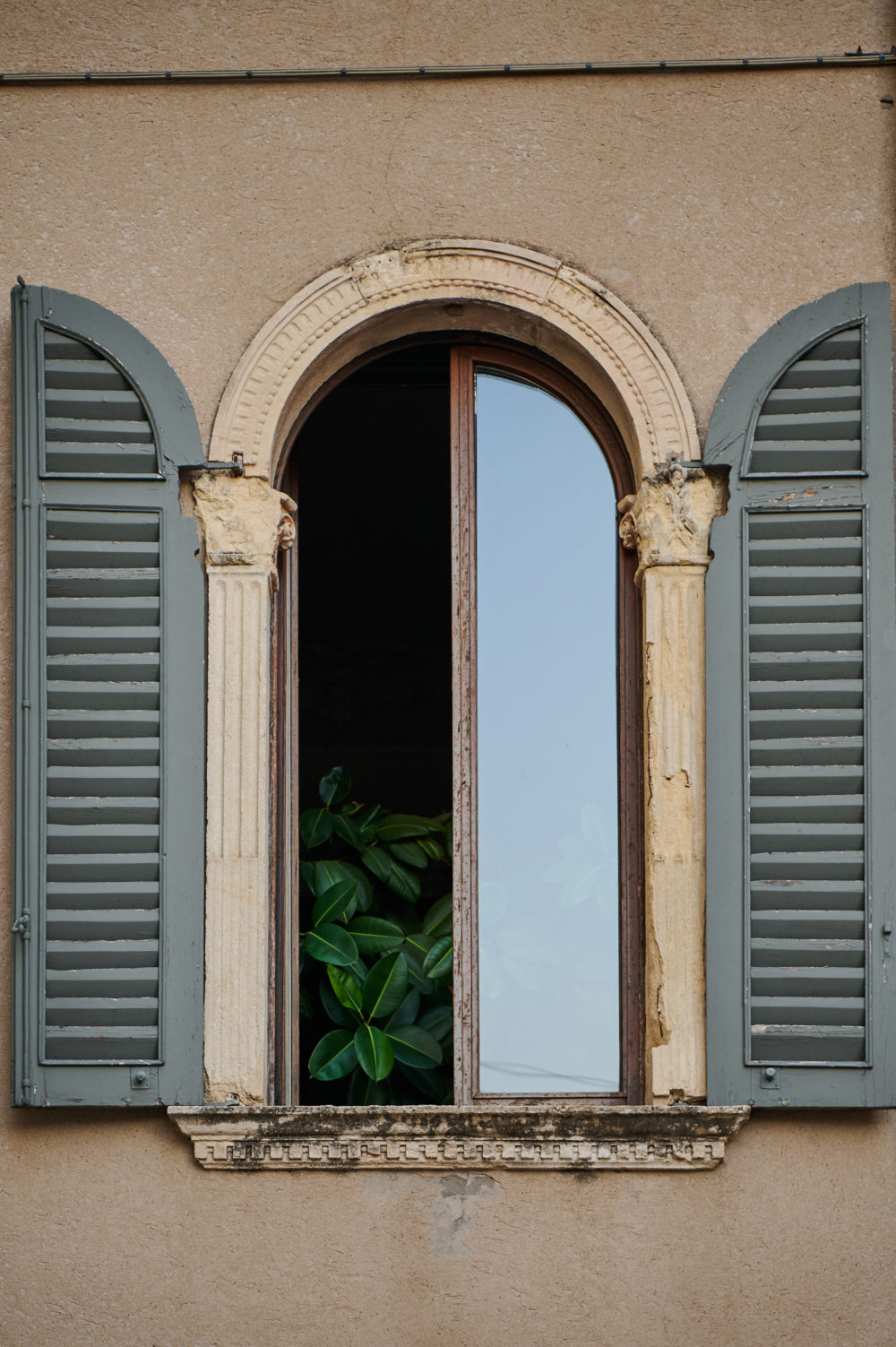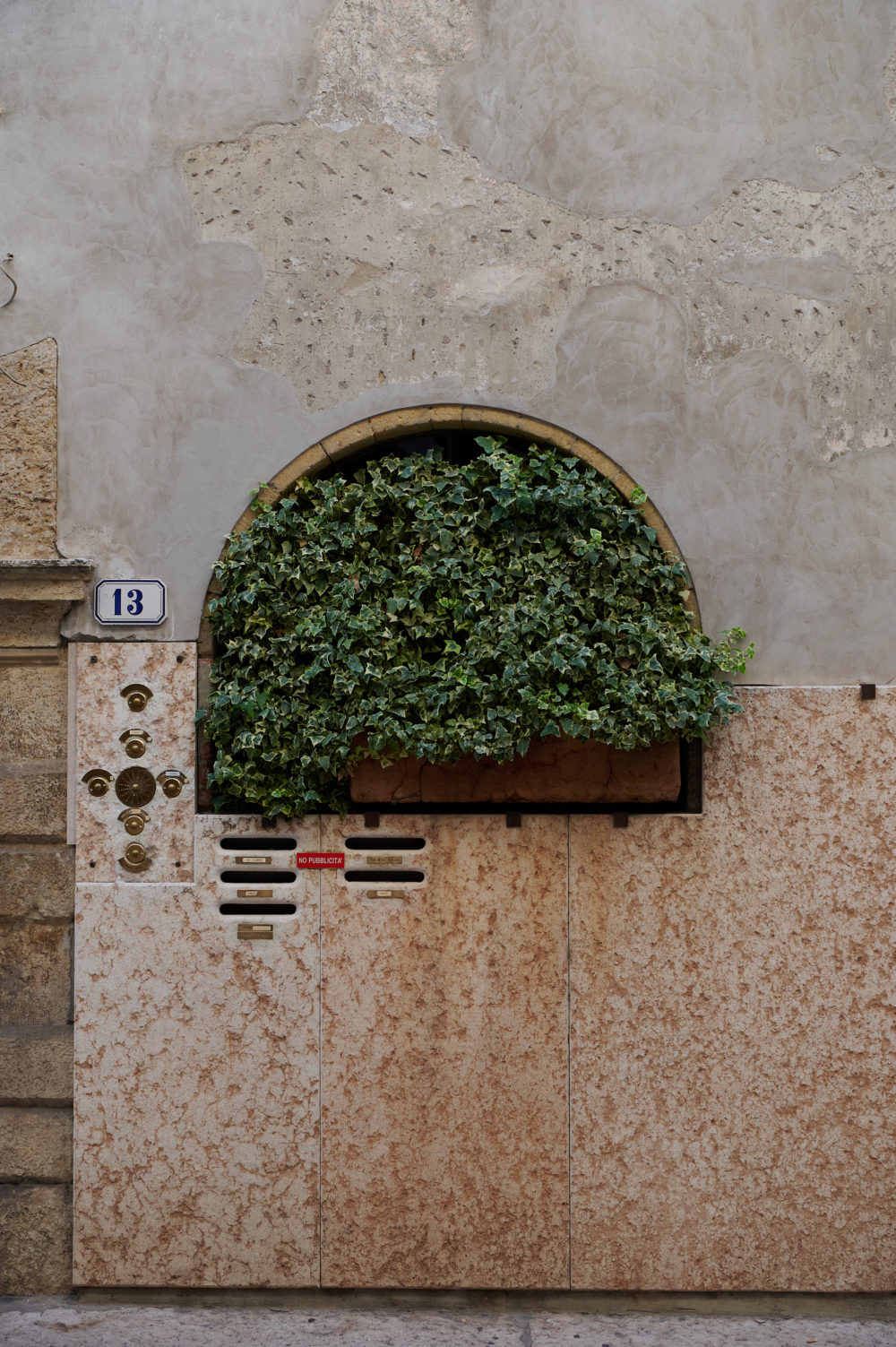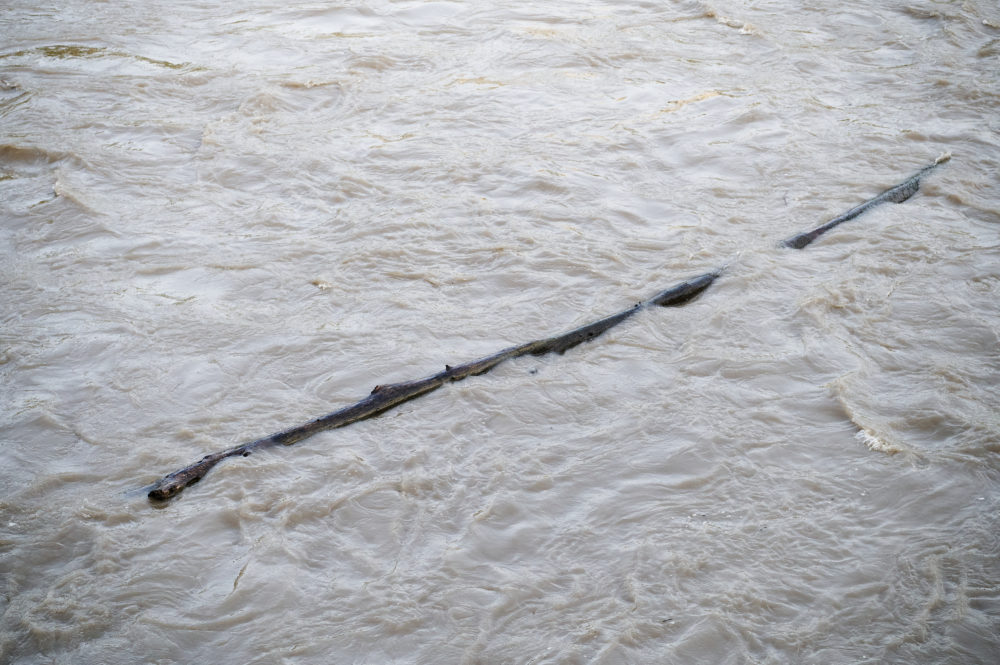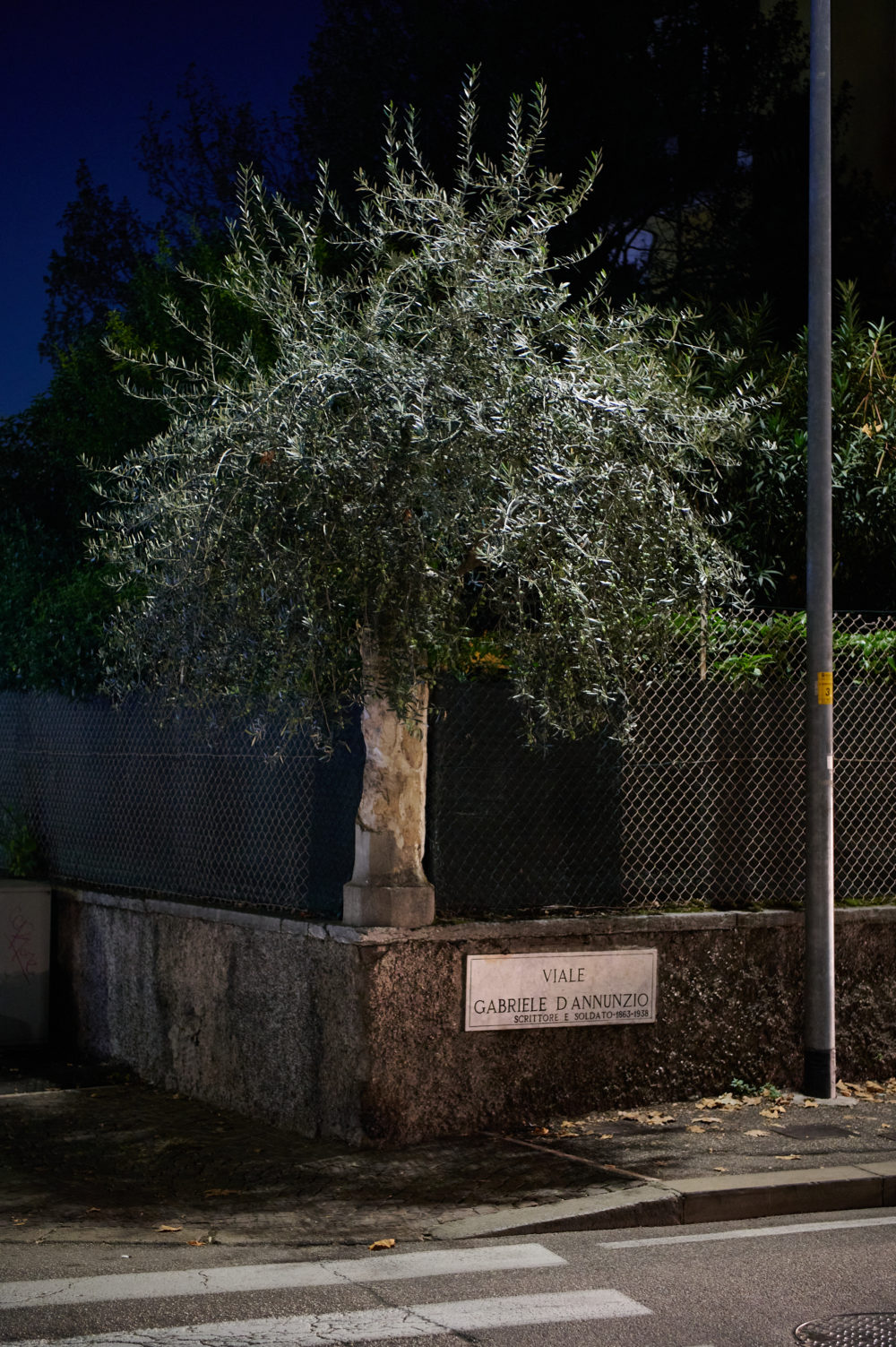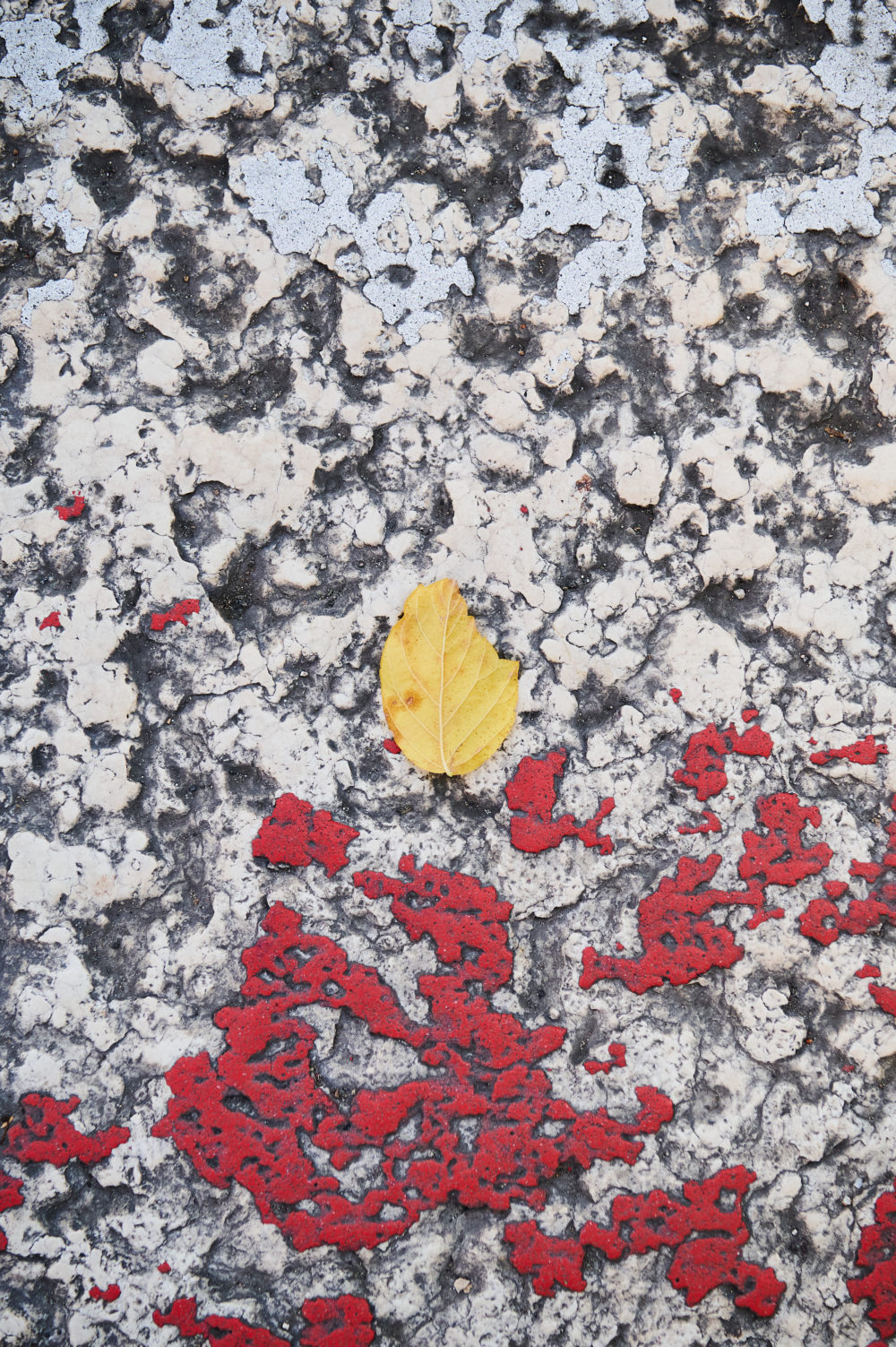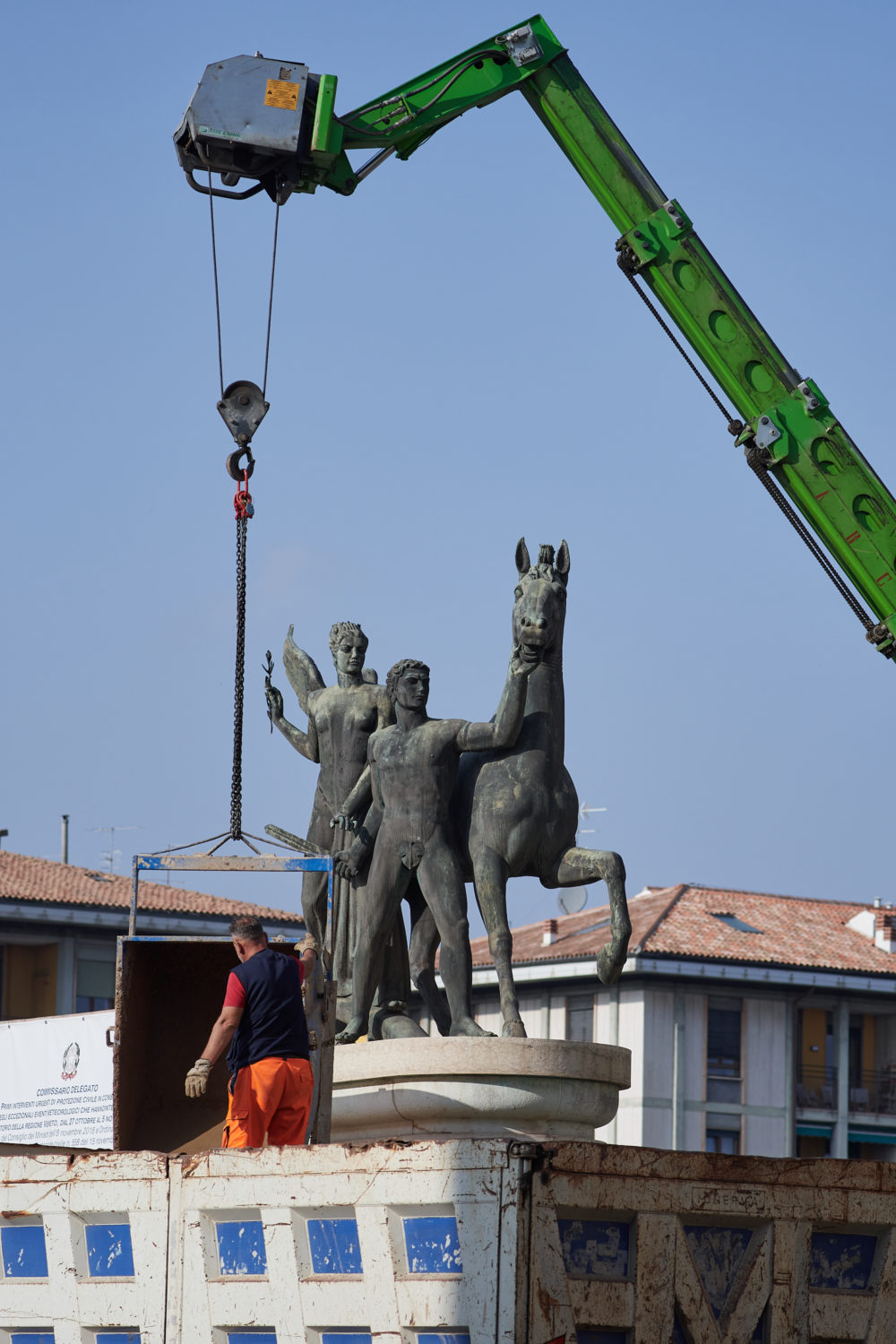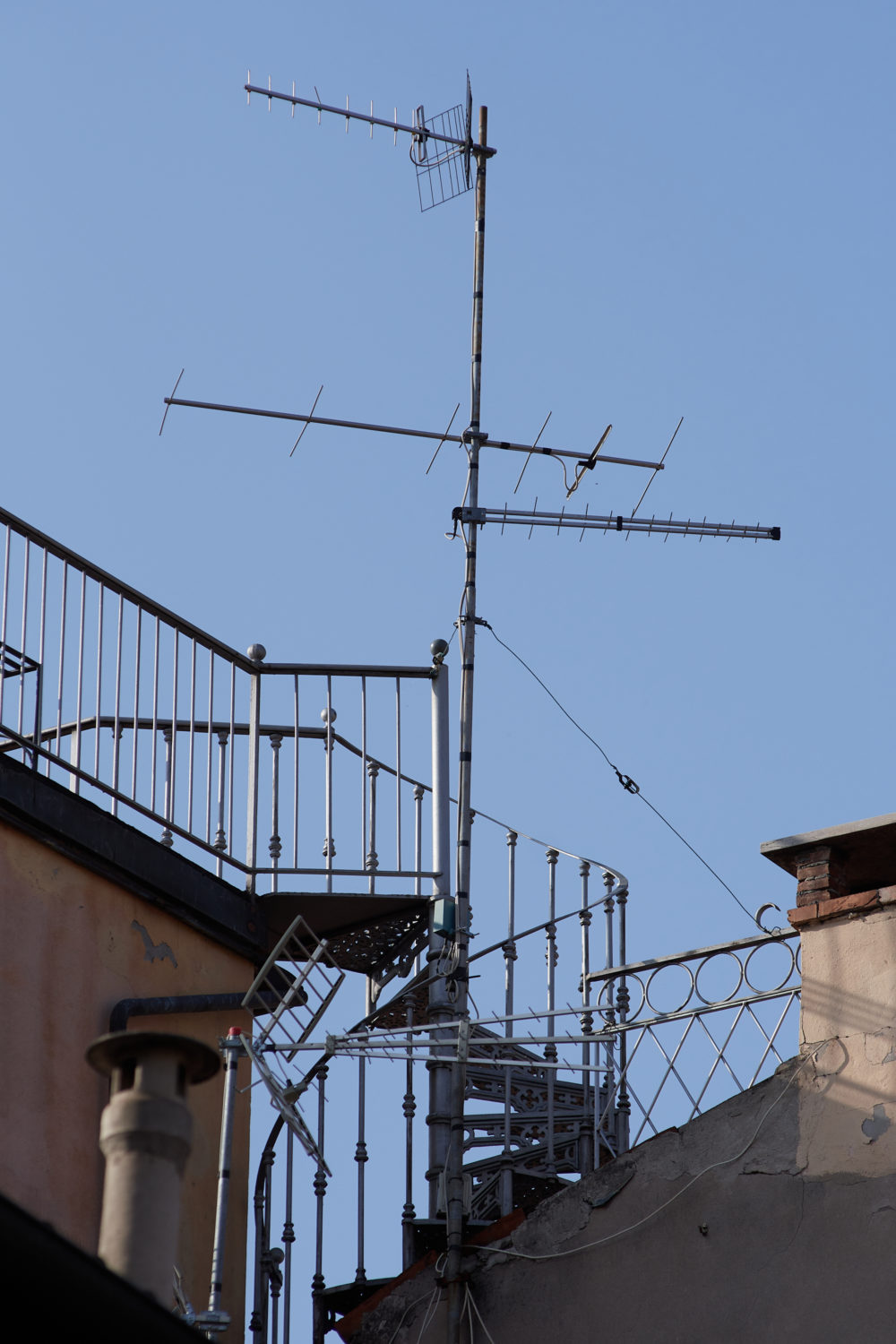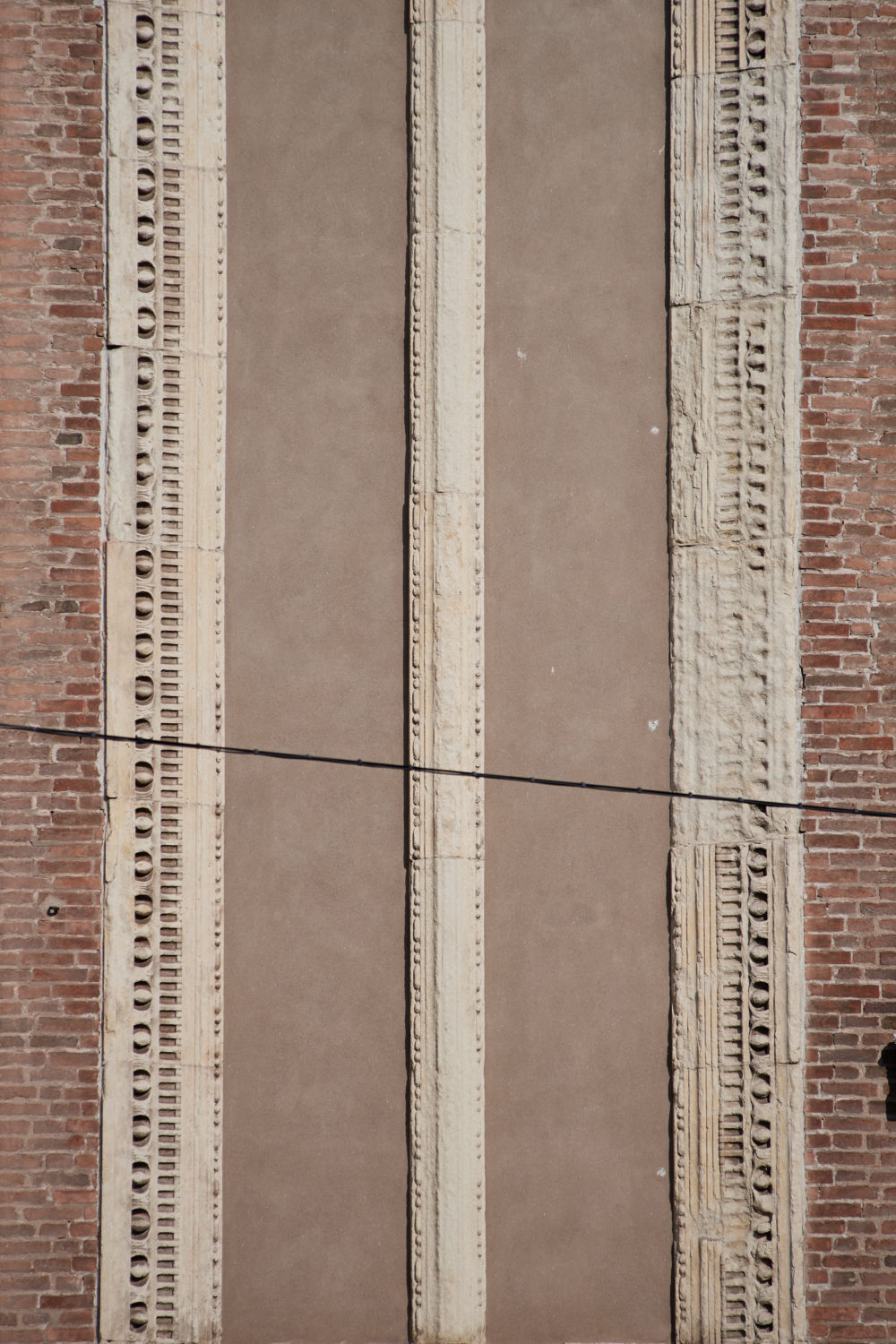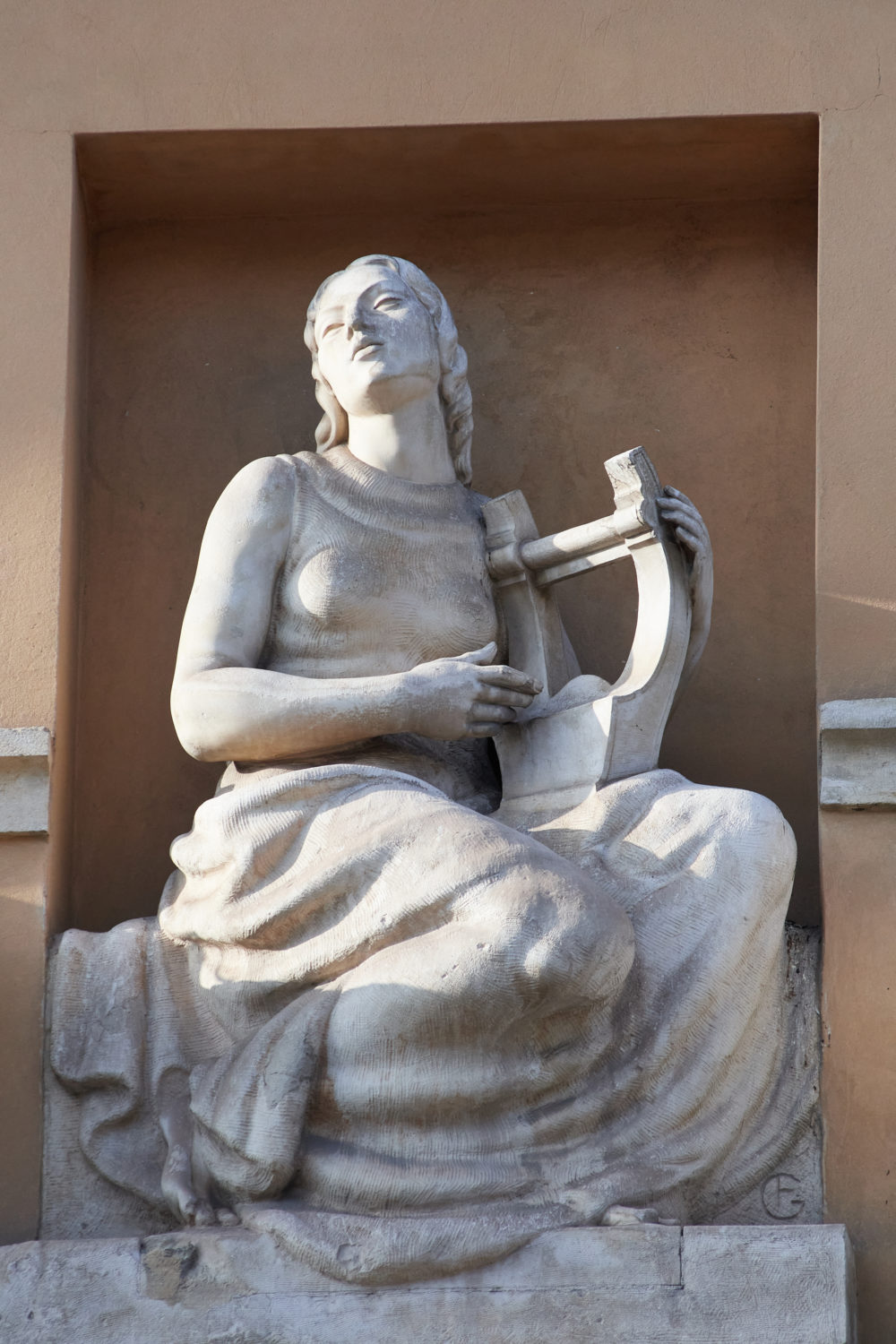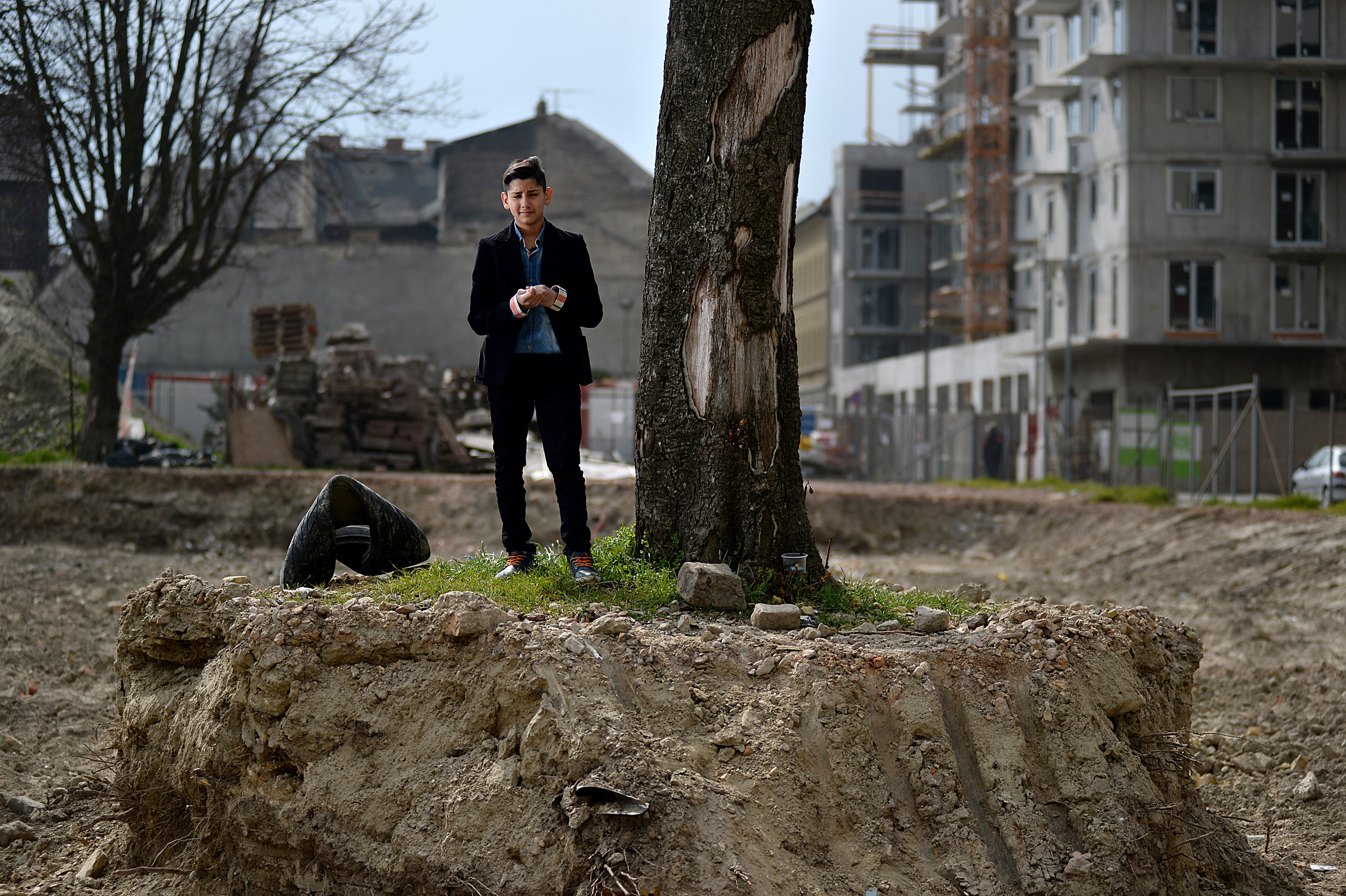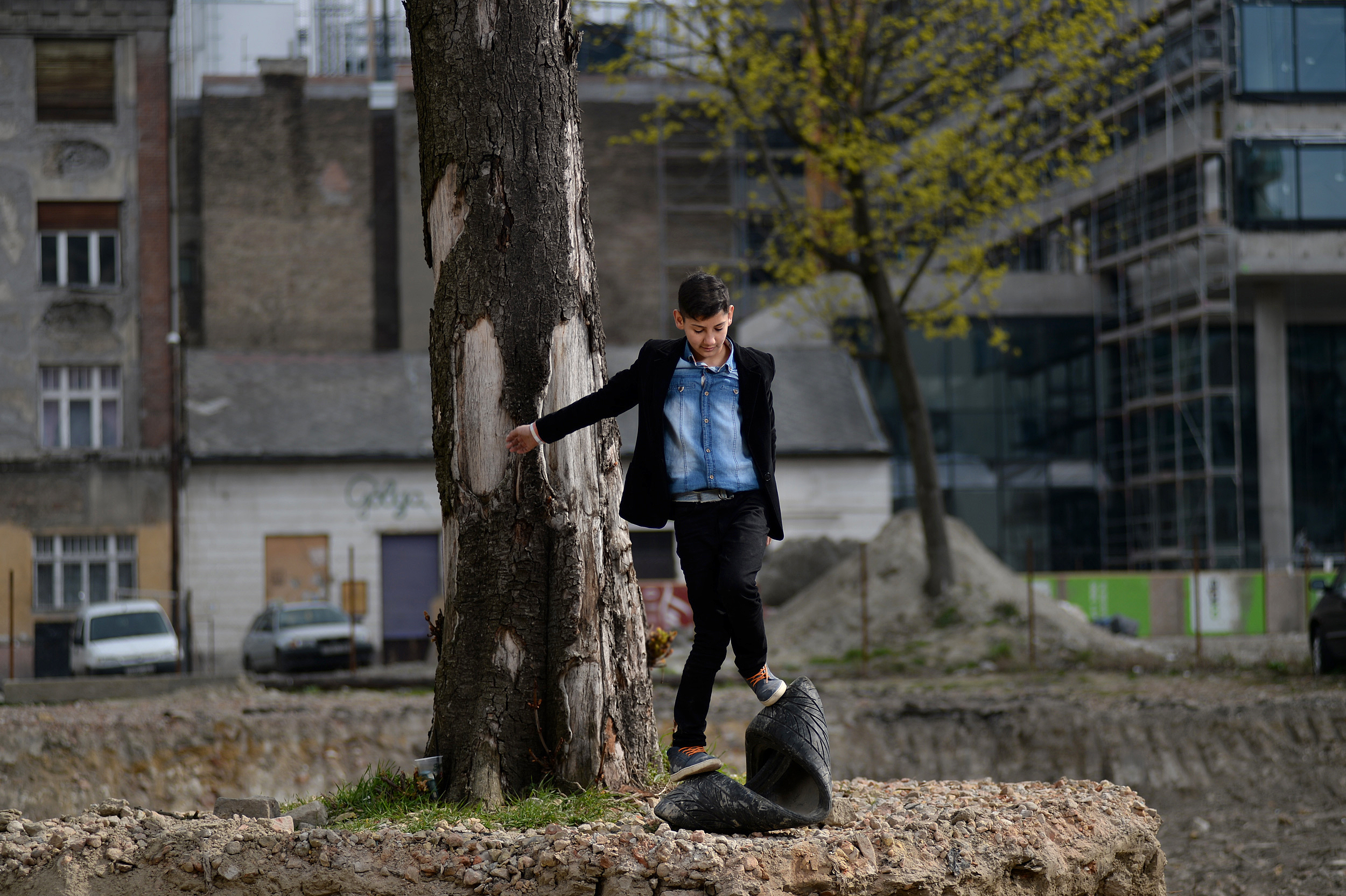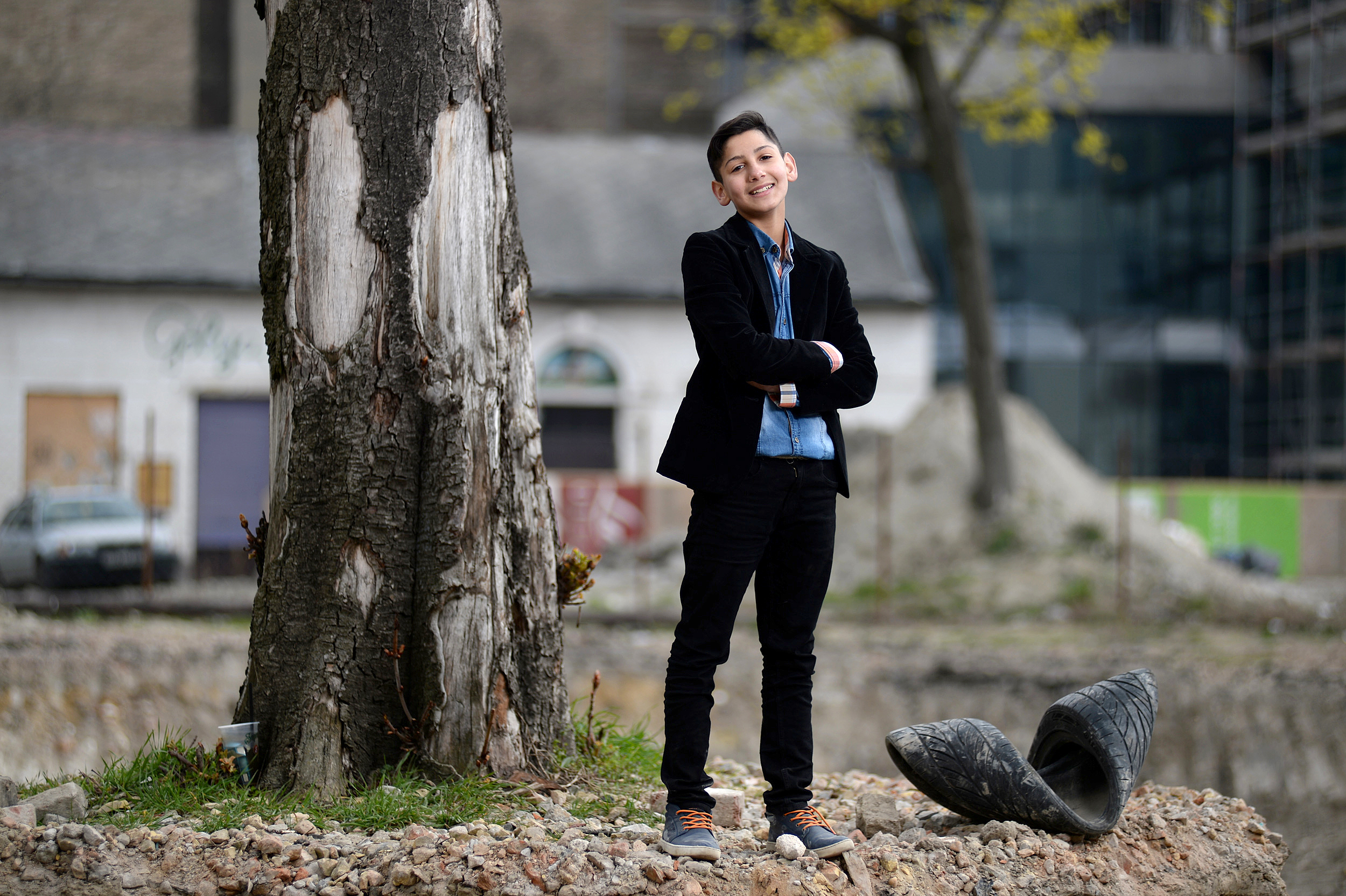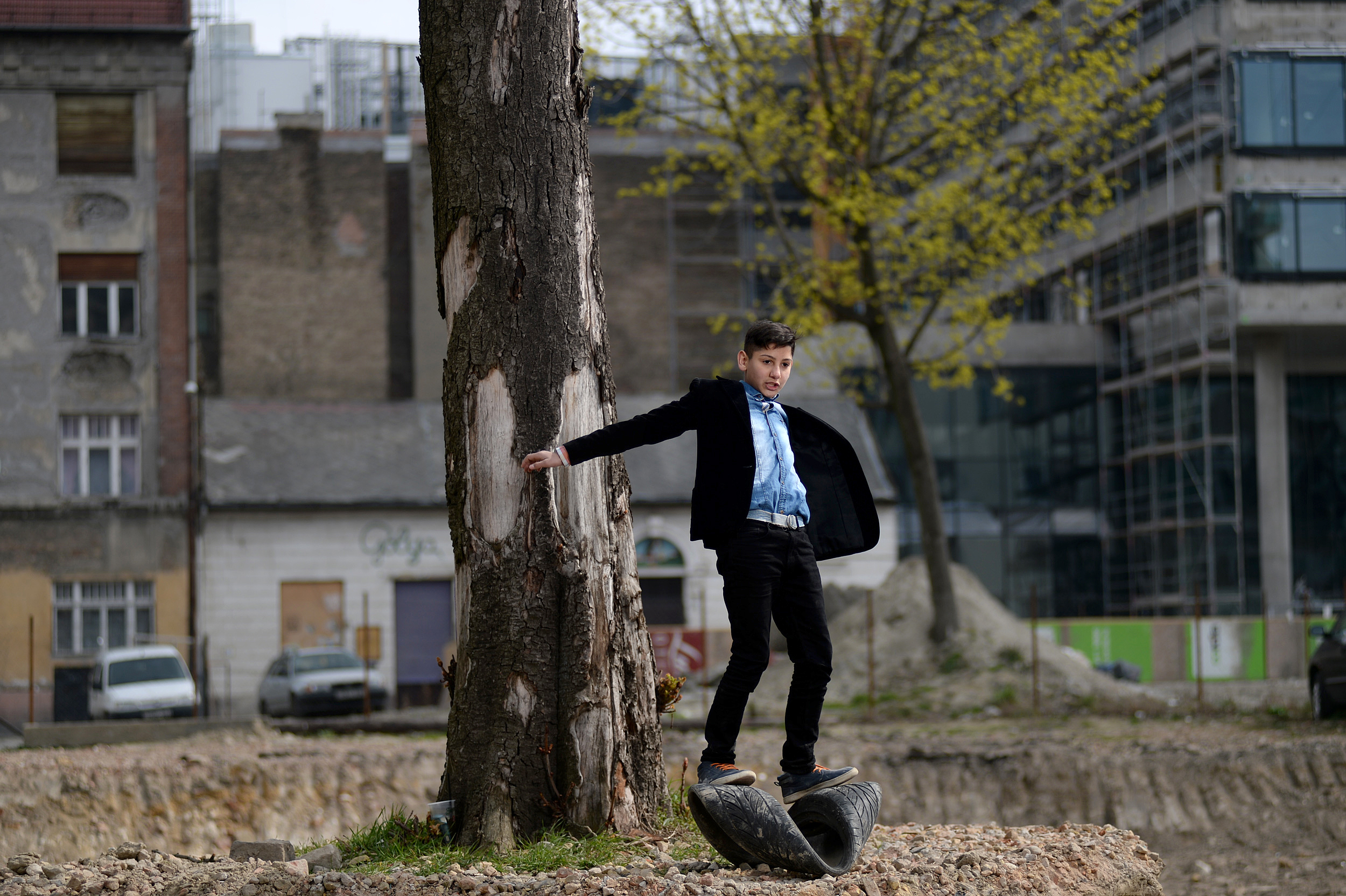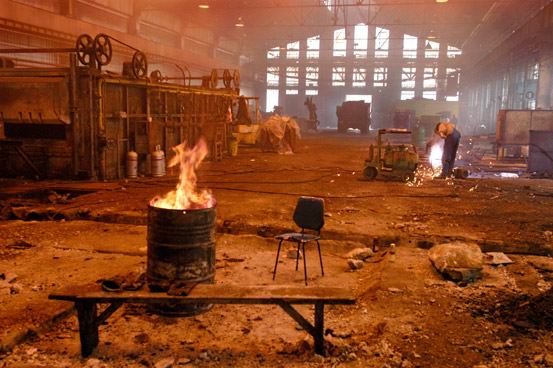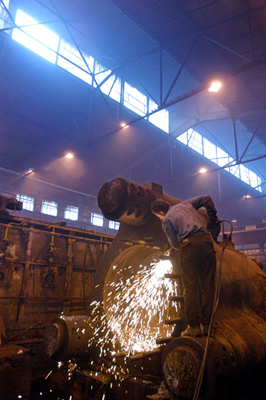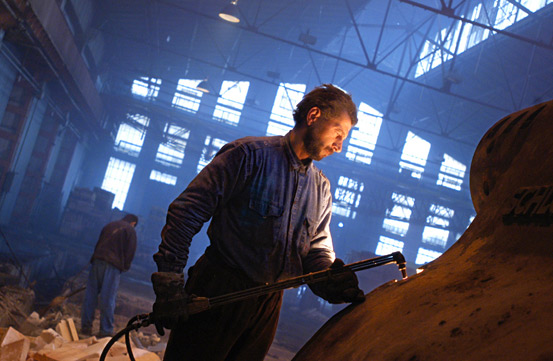Der kleine Prinz der Gentrifizierung
Apr 2016, Budapest, Hungary
To the Memory of Attila Ónodi (2003-2020)
Attila was a gifted young singer, he lived in the 8. district of Budapest, a rapidly changing, once ghetto-like part of the city. He made it to talent shows of a major network and had regular appearances at events across town.
We knew each other from a nearby cult pub and community center called Golya, seen in the background in some of these images. I used to take pro bono photos for him as he came from a financially stricken family and was badly in need of portraits ahead of a major TV show.
Attila welcomed the changes in his neighborhood thinking that his left-behind community would be able to stay there. He admired the new glass buildings, he envisioned cafes where he would have his pictures exhibited as a well-known singer.
He climbed up to this little island with a single tree, that once stood in the backyard of buildings 100 meters to his home. He posed there and suddenly started throwing stones towards his very own block of flats.
He hoped to ride the wave of fame of the TV publicity, though dropping out of the show at an early stage. The rumors were that his social media following was not presentable enough.
The next time he entered national attention was his tragic car accident: he drove without a license double the speed limit through red lights onto a lamp post.
Critical Mass: 20 Thousand
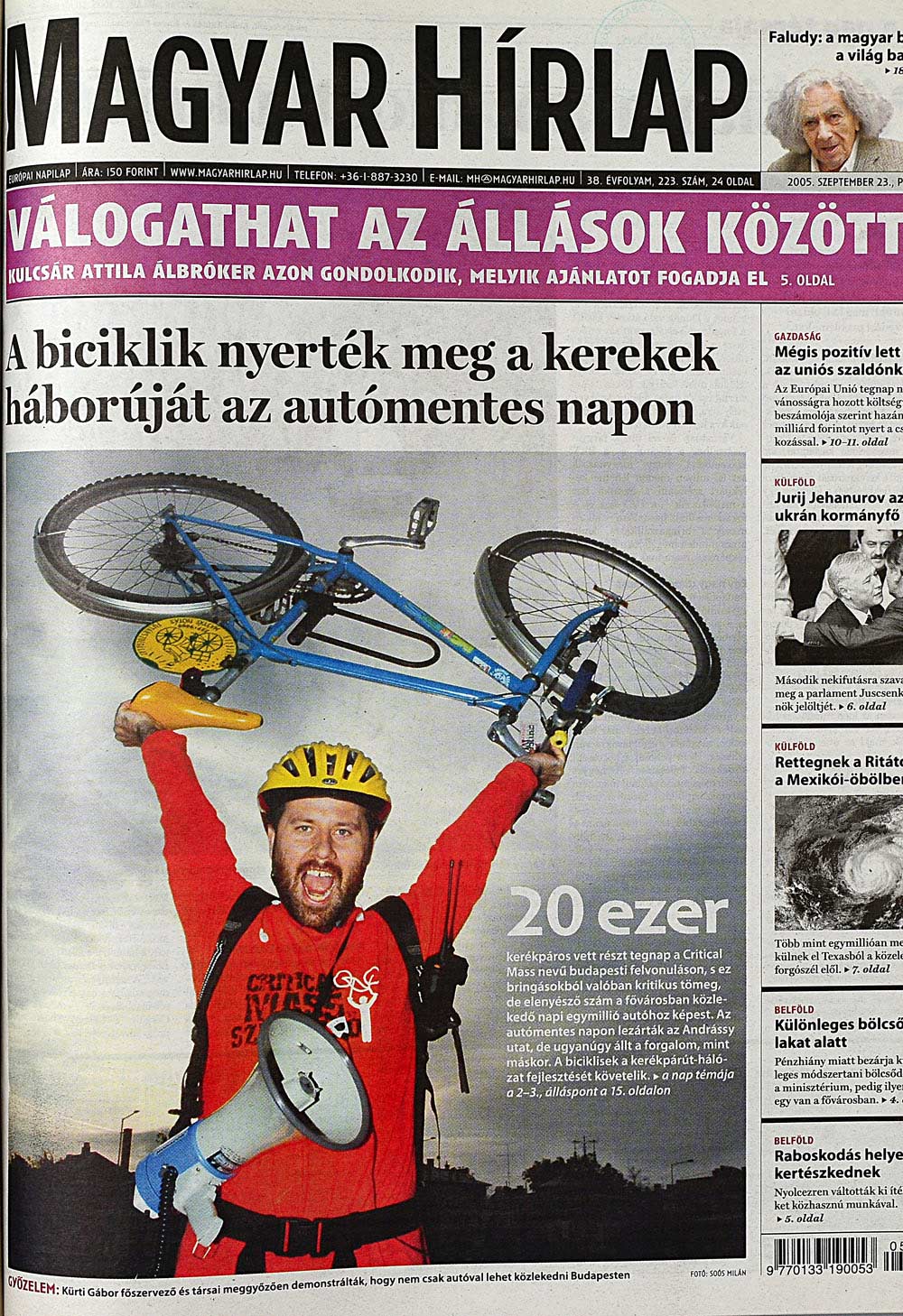
It was 20,000 cyclists demonstrating in Budapest, occupying the streets on the car-free day. Double the number compared to the previous spring event.
The gathering started late, so I had to work a bit more in advance. I, therefore, asked the main organiser, Kükü (pictured) to pose for me just before they went on to peacefully regain Budapest. He shouted: Critical Mass!
Upon arrival at the publisher´s office, I loved the layout the editors chose.
In general, Magyar Hírlap was home to many creative minds, and I could always be sure that they would come up with the best choice of the material I could offer. This time was no different.
I was enthusiastic and stayed until the first copies arrived, took a few and brought the paper of tomorrow to the Critical Mass afterparty.
It was 2005, still before smartphones´ instant-news times. Many shouted joyfully to find out that we indeed cracked the 20,000 that year!
Critical Mass Budapest has been said to be the biggest in the world, with the spring 2008 figure reported at 80,000.
This Job Changed my Career
It was an assignment the very day I got fired. I was told by the newly appointed picture editor that he had nothing against me but wanted to bring his team.
I was a freelancer at the time, but Magyar Hirlap, a political daily in Budapest gave me daily assignments, so it was indeed my workplace.
I was just digesting the shock at the publisher´s office as a job came to the photo desk. No-one could take it for some reason, so I was asked by the very editor to do it for that last time.
It was about the once large scale industrial site on the island of Csepel in Budapest. Long vanished socialist industry, once flagship carmaking halls, uncertain future.
I could very much sympathise with that handful of workers I met there. I chose to alter the white balance of my camera to make these warm tones, creating a sepia look, supporting feelings of nostalgy and melancholy.
And that was a hit. At the time in 2004 no-one, I knew worked with raw images. We shot jpg. Meaning that one could not tweak the colour balance that easy afterwards in post-production. I made that on the spot as if I still used film. Dialling up meant, that I could also achieve a very cold look, blue lights pouring through those large windows. It was a great contrast to the sepia past, portraying the harsh realities awaiting.
Delivering this little essay earned me the front page and a seat at the photo desk!
Though later I was told that the previous editor, Tamás Szigeti came to my rescue and spoke of me highly behind the scenes. I´m still grateful for his inspiration and guidance.
(the resolution and small size of these images reflect on the internet of the mid-2000s, as they were featured on my website at the time)
2004, Csepel, Budapest, Hungary
Non-motorist Perspectives 2006
This photo project was commissioned by the late writer, editor and photo historian Mihály Gera. One day he just called up and invited me to his private library. It was a great honour to work with him.
He came up with the idea to try and capture Budapest with the theme of traffic in the city.
I was at the time already a passionate cyclist and my critique about urban planning became more and more obvious as I was taking pictures for this upcoming book. And exactly that seemed to create a problem. What I did not know from the start that this book was meant to be published for the City Hall of Budapest so that they could use it in their protocol as a present to mayoral visits.
But there were suddenly bigger obstacles, too. I left Budapest to pursue further studies in London and my flat got nicked back in 2007: there it went all my equipment and my archive as well!
I was though fortunate enough to have had a colourful pillowcase, and a good friend who´d recognise it on the sidewalk close to Brick Lane. Apparently, burglars like to stuff their plunder in the bedding, in order to grab as much as they can. Once out of the property, they can sort out the items they really need.
This is how I recovered at least these preview pictures!
2006, Budapest, Hungary
Editorial about Autism
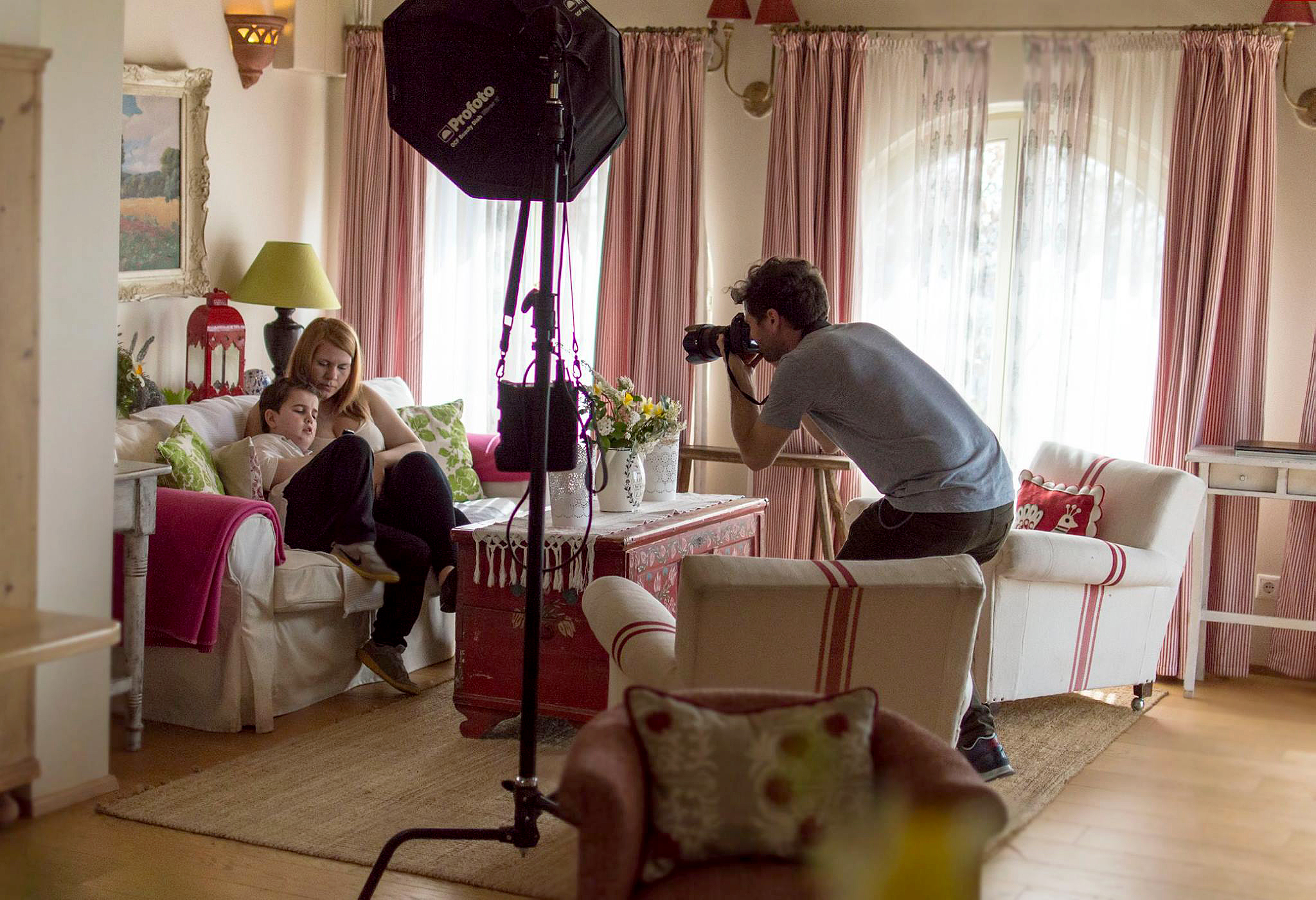
This is a making-of photo about an editorial shoot. The topic was autism, portraying families where one of the siblings would live with a various degree of the condition.
2015, Csákberény, Hungary
